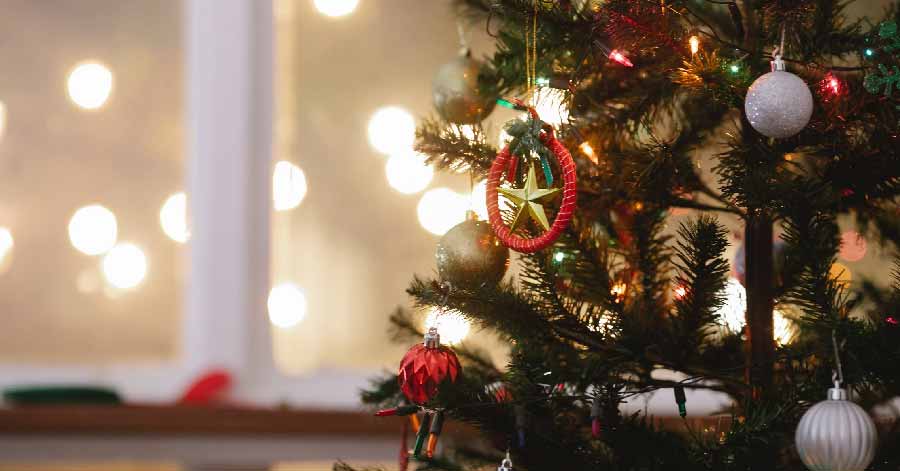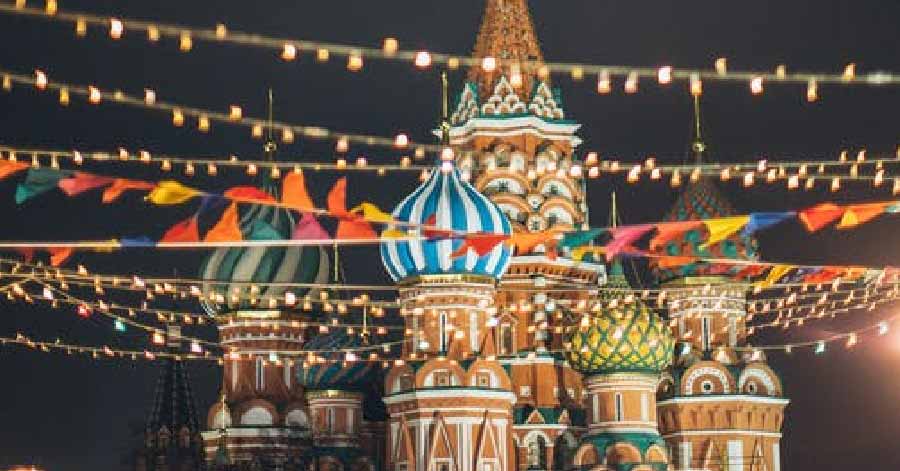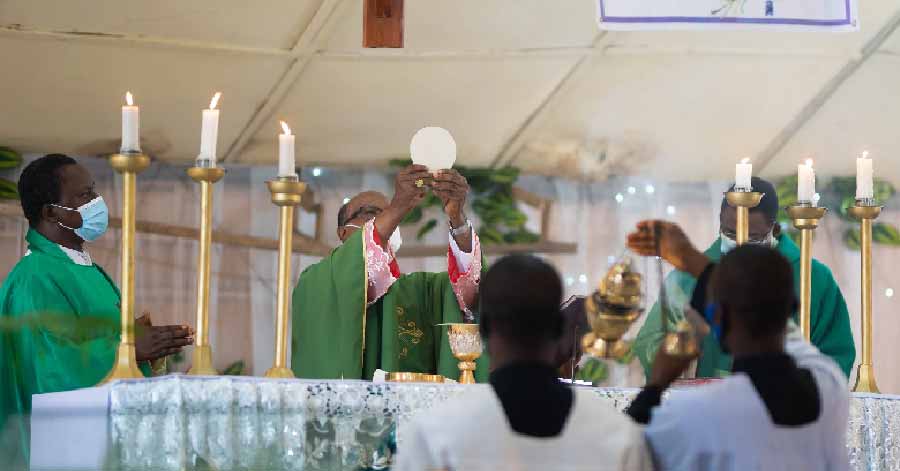Unique Christmas traditions exist in many different parts of the world. Some countries practice the same holiday customs, such as singing carols, decorating a tree, and having a large feast on Christmas Eve. But that’s where the resemblance stops.

There are far too many different Christmas traditions in this world to keep track of them. Lucky for you, we’ve compiled the most essential ones that can help you celebrate Christmas in different parts of the world.
Christmas in Ukraine is celebrated on January 7. This is because the Russian Orthodox Church follows the Julian calendar, which is 13 days behind.
Their traditional Christmas supper is known as Sviata Vecheria or Holy Supper. Tradition dictates that you fast for the entire day and save the joyful feasting until the first star appears in the sky in the evening.
As soon as night falls, everyone heads out of their homes eager to look for a faint glimmer in the sky. Once someone announces that they see a star, people start celebrating, and food gets passed around. This practice originates from the Bible, where the Three Wise Men find their way to Jesus with the guidance of a star.
Have you ever used fake spiders and webs as Christmas decorations? It’s a common practice in Ukraine.
This is a homage to a folktale about an impoverished family on Christmas Eve who had a Christmas tree but had nothing to use to decorate it. Come morning light, they found their Christmas tree adorned with intricately designed webs that shimmered under the sunlight.
Much like the Ukrainians, the majority of the Russians also celebrate Christmas on January 7. Because their most prominent religious figure is the Orthodox Church, they too follow the Julian calendar.
Not all Russians are devout, nor are they religious. Still, they celebrate Christmas as a holiday of celebration for love and family.

It is also not uncommon for Russians to observe two Christmases and even two New Year’s celebrations. This often depends on the region.
Some people celebrate Christmas according to the Gregorian calendar, some celebrate it with the Julian calendar, and some celebrate it with both.
Either way, everyone gets to enjoy their time with their friends and family, and it also gives them all the more reason to get together. If one misses out on the first day, they can make it up to the next one — which is quite literally a few days afterward.
No Christmas season in Mexico can go without Nativity Scene reenactments. Las Posadas and Pastorelas are the two most common reenactments you’ll see.
Pastorelas depicts the three men on their journey to baby Jesus. This is often observed in the form of a procession by the masses.
Las Posadas, on the other hand, tells us about Mary and Joseph’s journey in finding a birthplace for Jesus. From December 16th towards Christmas Eve, children pass from door to door to sing a song and ask if there’s “any room at the inn”. This is much like Christmas caroling, except instead of singing, you have theatrics.
They also have Christmas carols called villancicos. Some of their villancicos are translations of famous English Christmas Songs such as Silent Night, popularly known as Noche de Paz in Mexico.
There are many reasons why Colombia is a unique place to celebrate Christmas. You have the traditional lights of Medellin, which is most famous for their attractive light shows. You also have colorful and seasonal dishes that fill Colombian tables, such as ajiaco santafereño, lechona, tamales, natilla, and buñuelos.
To commemorate the start of the Christmas season, Colombians light up small candles and paper lanterns, placing them on windowsills and balconies and decorating parks and roads.
This event is called the Día de las Velitas, or Day of the Little Candles in Colombia. It is celebrated on December 7th, the same day that Mary had conceived the child Jesus.
Instead of the usual Santa Claus, the child Jesus is said to come bearing gifts for both the young and old. He is fondly called Niño Dios by children. They are told he delivers the gifts to their homes if you have a wishlist prepared.
Nativity scenes are the most prominent decorations in Peruvian homes during Christmas. It’s present in almost every household. You might be able to spot some in the streets of Colombia as well, especially in malls and restaurants.
There are some that you might even spot that go all out in their nativity scenes. It’s a friendly competition among the common folk, as they would like to showcase the replicas (sometimes even life-sized) that they work hard on.
Chocolatetadas are a favorite way for families and friends to get together during the holiday season. It is commemorated with hot chocolate and panetón, a traditional Christmas dessert.
The Philippines has the longest-recorded Christmas celebration in the world. It starts in September until the actual Christmas day.
They also attend daily masses nine days before Christmas, which is well-known as Simbang Gabi. Many people flock in to participate in this mass compared to your regular Sunday sermon. It is said that if you attend all nine masses, your wish will come true.

Because dawn masses are often chilly, many vendors see this as an opportunity to sell warm food outside the church. There are many Filipino delicacies such as puto bumbong, puto, budbod, and bibingka.
They also have Noche Buena, a Yuletide tradition where you wake up at midnight to dine with your family while counting down the minutes to Christmas Day.
The best place to celebrate the holidays is the place where you and your partner want to go. If it has to be where she grew up, then so be it. Not only will you be adorning yourself to her by choosing her home country, but you will also get to experience a new tradition.
Make her happy and enjoy a vacation? We call that a win.